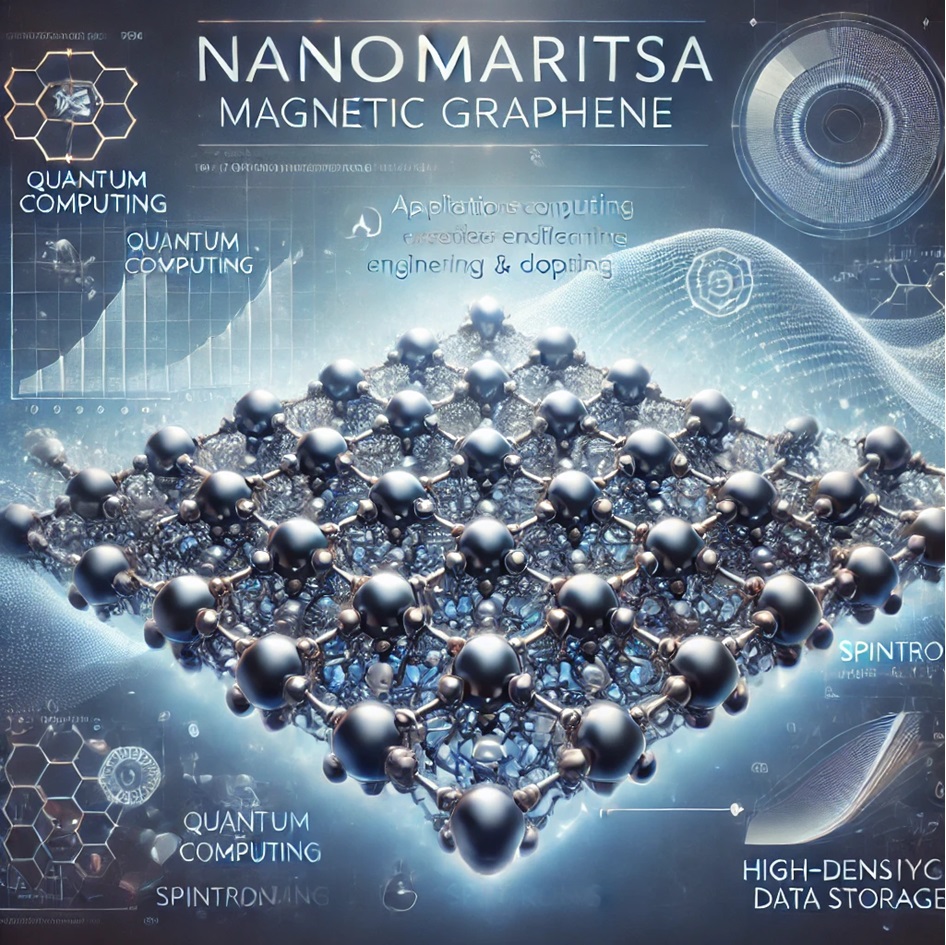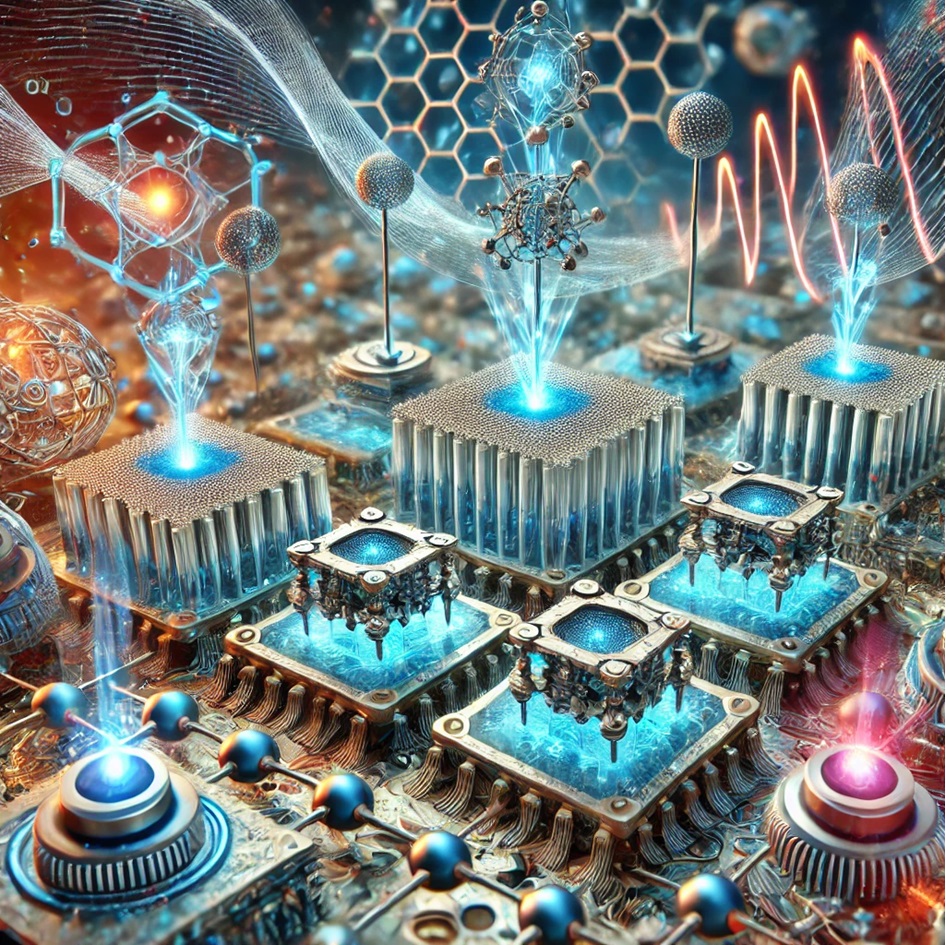Mastering the Art of Graphene Exfoliation A Guide to Dry and Liquid-Phase Techniques
Graphene exfoliation is a crucial process for isolating high-quality graphene from graphite, enabling its use in diverse applications. Two main techniques—dry-phase and liquid-phase exfoliation—are widely used. Dry-phase exfoliation, such as micromechanical cleavage, ball milling, and plasma treatment, produces high-purity graphene, ideal for applications requiring defect-free material, but is limited by scalability. Liquid-phase exfoliation, which disperses graphite in solvents and applies energy through methods like ultrasonication, is more scalable and cost-effective, making it suitable for industrial production, though it may introduce defects. Both methods have key applications in electronics, energy storage, composites, water purification, and sensors. Recent advancements include eco-friendly solvents, laser-assisted exfoliation, and hybrid techniques. The choice of exfoliation method depends on factors like application requirements, scalability, and cost. As techniques improve, graphene’s potential to transform industries, from electronics to environmental solutions, continues to expand.











